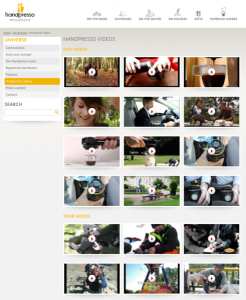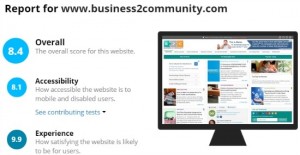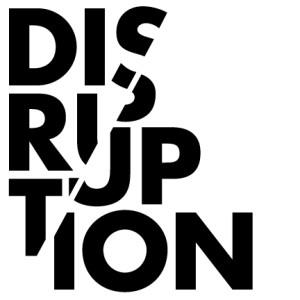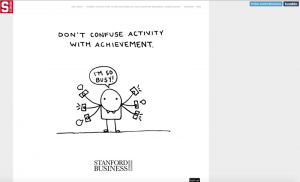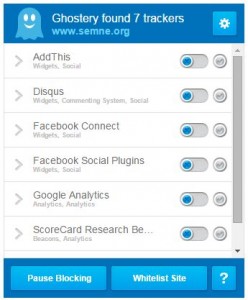Logistical efficiency is defined as how smoothly an enterprise conducts its operations. Typically logistics is all about the movement of physical goods and vital information. From raw material to warehouse management, supply chain to labor administration, product shipment to information management, everything comes under logistics management.
Logistics management is an important component of the business operations as its performance not only impacts the internal processes but also customer relations. Imagine if you’ve to deliver a critical shipment and your logistics solutions provider comes over with an excuse of inventory shortage; how will you manage your customer? Or what if you receive a bulk order but you don’t have the desired space to store the products in that particular quantity, size or amount.
In both of the given examples, the ultimate result is poor customer relationship, cancelation of order, and negative word of mouth. Due to the same, some experts stress understanding the value of warehouse location and system for the business. They are of the view that logistical efficiency is more important than marketing. In marketing you just promise, and in operations you actually deliver.
In the following, we are discussing 5 ways to improve your logistical efficiency in a way that it leads to improved customer relations and revenue growth.
1. Get an Information Management System:
If you can afford go for a customized information management system. It will benefit your business in a range of areas including warehouse management, supply chain management, order tracking, inventory management and accurate delivery of customers’ orders. If you can’t afford a custom solution, search for a reliable and affordable warehouse/stock management software that could provide you more visibility of products and system and enable to quickly process the customers’ orders.
Remember, half of your problems are solved when you manage and use information in an optimized manner.
2. Keep a Sizable Inventory at your Warehouse:
This is a big problem with businesses as not everyone has a big enough warehouse to manage their stock in larger quantity. This leads to supply shortage and delayed orders in many instances. If your products are selling like hotcakes and you lack the desired inventory management facility, why not considering third party warehousing? According to the Property Data Report 2013, there is £80bn worth of warehousing in the UK. It’s not just the United Kingdom, International Business Times report also suggest that 3PLs market is set to surpass $ 900 billion market value by 2020.
All you need is to consult a reliable partner for logistical support and ensure a sizable inventory available for shipment. However, make sure you’re doing this after analyzing your information management system and customers data insights. It should guide you on the quantity, type, packages, market trends, and much more.
3. Train Your Staff:
Staffers who are habitual of managing orders and information in the traditional way must be trained on the modern techniques. This can be done internally by your HR department or you can ask the software vendor to arrange training sessions for your team. Moreover, you can invite the system architect and your data management team to come over and provide weekly insight to your team on the floor and warehouses. This will enable smooth flow of information across the value chain.
4. Redefine SOP:
Redefine your standard operating procedures to make sure that your team is moving the right wheel at the right time. This requires few small but strategically very important steps. In this regards, make sure to work on the following domains.
- Free flow of information across the value chain
- Daily, weekly, and monthly analytics report- to guide the floor, development, packaging, and sales team about the sales flow and market behavior trends.
- Double checking the orders – humans are prone to error and may lead to shipment of order for second time. This adds more bucks to the cost and yields loss. Therefore, introduce double checking.
- Design a system with connected but different role for the people who understand the signs and pay heed to their JDs.
- Print your key policy jargons and paste across the facility.
- Your SOP should address the strategic questions like could your warehouse be a revenue source for you? How to ensure error-free order tracking? How to reduce delivery time?
5. Learn from the Competition:
Only 20% start-ups last longer than 1 year because most of them cease to learn. No matter whatever industry or market you are in, competition and market can be a great source of free knowledge. By actively monitoring the competition, you can learn:
- Updated best practices of logistics management
- Software and systems to manage information flow
- Techniques/training programs for your staff
- Modern operations management techniques in academic circles
Hopefully these suggestions will help you improve your logistical efficiency in an effective manner and lead to improved customer relations.
Business & Finance Articles on Business 2 Community(51)

